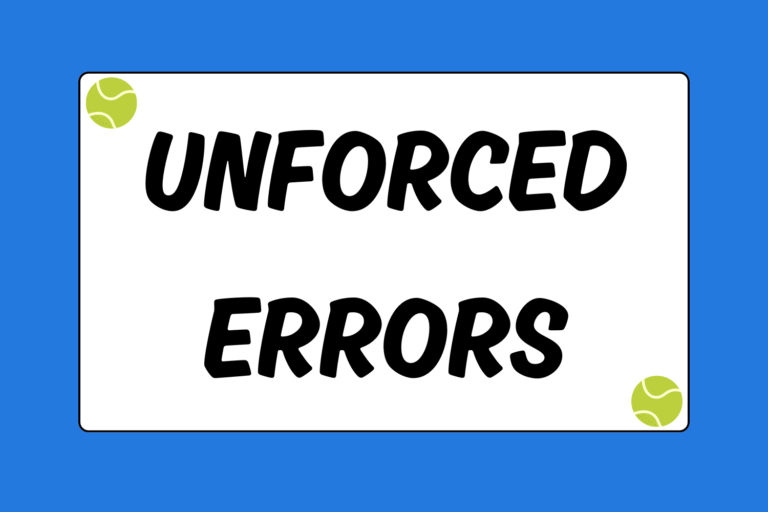While the size of the playing field for many sports can vary depending on the country, rules, or skill level, the dimensions of a tennis court are universally uniformed. Whether you’re playing on a clay, concrete, or grass court, the size and shape of the playing surface remains identical to any other official court in the world. Below is a breakdown of the standard surfaces and dimensions.
Surfaces
The four main types of court surface are:
- Carpet courts
- Clay courts
- Grass courts
- Hard courts
Carpet is a tennis expression for a court that has a removable covering, such as artificial turf or rolls of rubber. Clay courts are one of the most common surfaces worldwide, and the color of the clay varies depending on the country or region. Clay surfaces allow for a slower bounce and cause the ball to have less forward movement.
Many grass courts are no longer in use because they require a great deal of maintenance and upkeep. However, a few professional tournaments, such as Wimbledon, still use grass courts. Grass courts prevent the ball from bouncing high and allow for less time to strike the ball. Hard courts are made mostly out of asphalt or concrete and the top paint contains sand. The amount of sand in the paint determines the speed of the bounce; more sand creates more drag on the ball and results in a slower speed of play. Hard courts are faster than clay, but not as fast as grass courts.
Overall Dimensions
Including the doubles alleys, the overall size of a tennis court is 36 feet wide by 78 feet long (roughly 11 meters by 24 meters). The singles court is somewhat narrower, measuring 27 feet (about 8 meters) wide, but has the same length as a doubles court.
The Service Court
The service court fits inside the 27-foot width of the singles court and extends 21 feet (about 6 meters) behind the net. The service court is split in half, marking the right and left (or deuce and ad) service courts.
The Net
The net is 3 feet, 6 inches (slightly more than 1 meter) high at each end. It dips down to 3 feet (slightly less than 1 meter) high at the middle tape, which intersects with the middle of the service court. In general, the poles are situated three feet outside the outermost lines of the doubles alley, making the net length a total of 42 feet (almost 13 meters) wide.
Distance from other Courts and Fencing
While many tennis complexes differ spatially in terms of distance to other courts and fencing, it is preferable to have a separation of at least 12 feet (about 3 and a half meters) on each sideline from the adjacent courts. Additionally, at least 21 feet (about 6 and a half meters) of space from the baseline to the back fence is recommended in order to safely and effectively play the game.
Time to Hit!
Now that you understand the parameters, surfaces and dimensions of a tennis court, it’s time to get out on there and play! For additional explanation of the rules, please click the link for “Tennis Rules & Regulations” at the top of this page.





